By William J. McPeak
Perhaps no other weapon in human history has lent itself so well to so many combat adaptations as the sword. From its first modest appearance 5,000 years ago, the “white arm” has remained the military’s Queen of Weapons. At no time was the functional variety of the sword more apparent than during Europe’s Middle Ages and in the early 17th century.
Evolution of the Sword
Beginning with the learning curve of making soft-metal swords—bronze was the only practical success—that preceded the Iron Age in about 1000 bc, swordsmithing grew into an assembly line process by around the 14th century. The bladesmith made the blade by repeatedly tempering and hammering into shape an iron blank in a bellows-driven fire. The characteristic groove, impressed down the middle of the flat of most blade surfaces in the late stage of tempering, was a clever stylistic means of decreasing weight at the center so that structural strength would not be sacrificed. (It was never some sort of gutter to let the blood flow more freely off the sword, as some have claimed.) The smith punched one or several maker marks onto the blade and sent it along for market distribution. Great sword centers of Europe shipped stock blades all over, and although trade with Islamic countries was forbidden, demand kept a steady flow of contraband shipments moving eastward, where western sword blades were highly prized for their variety and size.
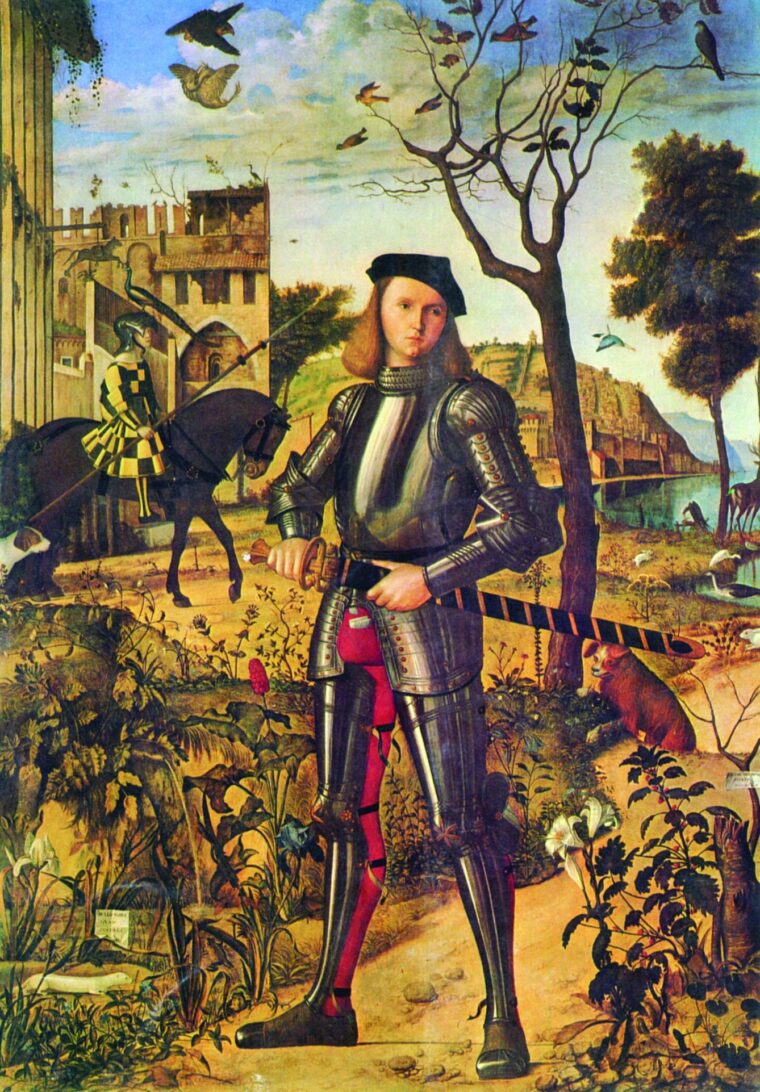
A sword needed a handle or hilt to hold the blade. The hilt maker was next in the assembly line, fitting an appropriate combination of cross guard, grip of bored-out wood wrapped in leather or metal wire, and pommel and nut to hold it all together. He might leave an additional maker mark on the blade. Medieval hilts had the simple cross shape to the guard, but by the early 15th century the cross guard was being modified to meet the needs of sophisticated swordplay and to better protect the hand. A hook-shaped branch, sometimes called a finger ring, appeared from one side toward the blade, followed by a second branch from the other side of the cross guard. From these so-called “arms of the hilt” sprouted a perpendicular arc. Adjacent to the grip, a branch curved upward out of the cross guard to become the knuckle bow or knuckle guard. Diagonal branches came up to meet from the cross guard and others began looping around the arms and ring on the blade side. These guards and counter guards—the “swept” hilt—would take on a progressive cage-like look that would continue to transform into a solid shell, triangular sail, and eventually the basket- and-cup hilts familiar in 17th-century swords.
A Variety of Blades
In terms of the blade, there were basically two diverging paths: curved European swords were for the most part adaptations, while straight swords were not. In either case, combat functionality drove the designs. Horsemen usually needed a longer sword to reach down and smite foot soldiers or trade strokes with enemy horsemen. In the press of close-quarter combat, a shorter sword was worth its weight in gold to a foot soldier with nothing but a staff weapon or something like a two-handed sword. A short sword was always a sure-fire backup.
On the eastern borders of Europe, the curved sword was the usual product of Asian cavalry warfare. An arcing stroke—the slashing draw cut —of a curved blade was the most efficient means of striking an opponent, especially while on horseback, with the blade quickly removed from the victim by simply following through on the stroke. Contrary to the notion that the saber was an exclusive cavalry weapon, it was also used extensively by foot soldiers. On the western side of the border, European sword makers adapted the basic curved blade of the east into forms less curved to make them more functional for thrusting.
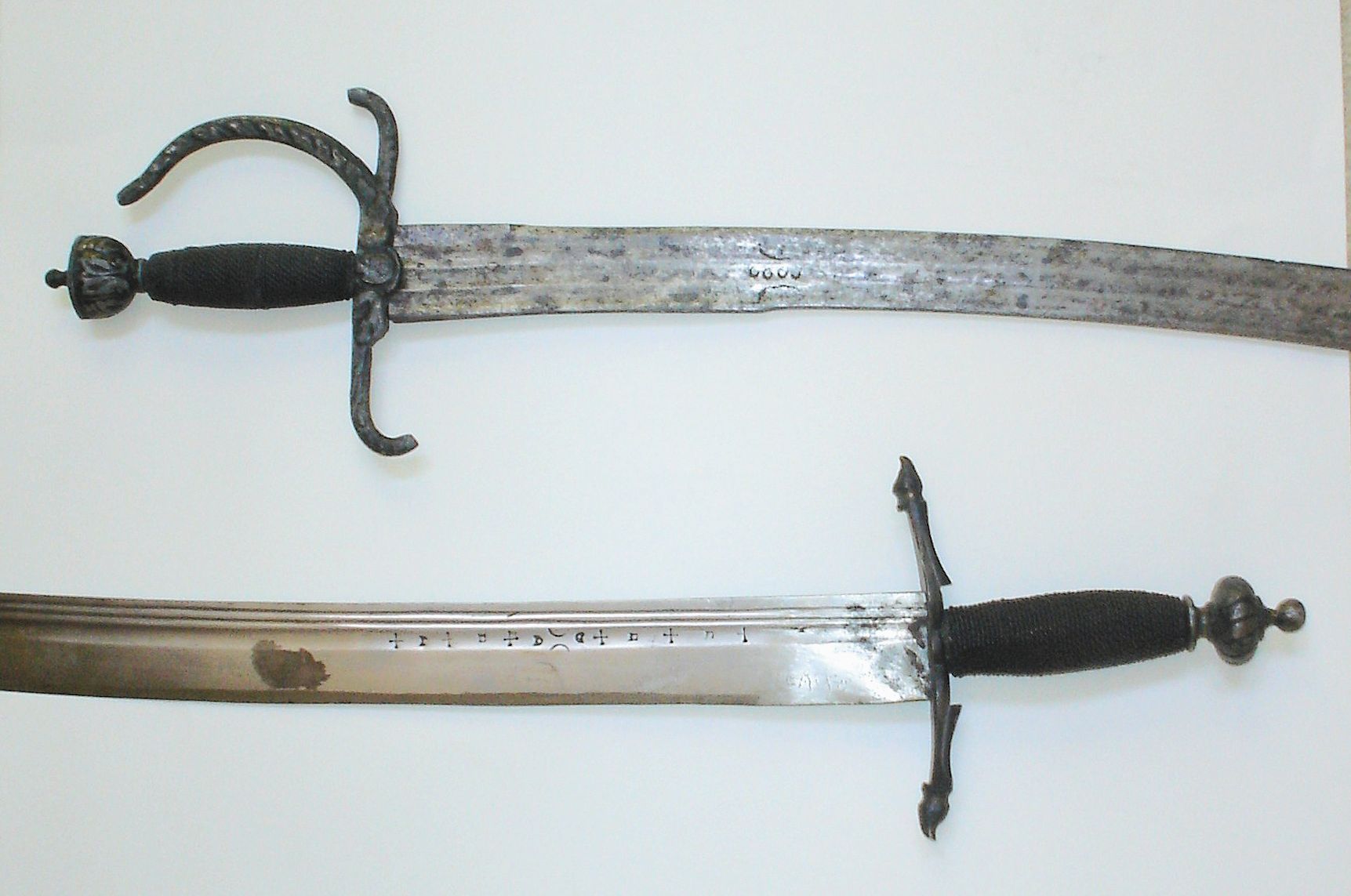
The European Curved Blade
There were many variations on the western curved blade, but like the eastern designs, it was a single-sided blade and mostly a short sword. An early medieval European means of providing a crude curve to a blade edge was to simply clip the front at an oblique angle. For the common soldier, wielding this early chopper sword was easier to master than the finesse of thrusting. Out of a variety of such weapons came the early 13th-century falchion (from the French, to mow) with its refined can opener-like point, convex back edge, and cleaver-like fore edge, highly effective for hacking or thrusting at the thick contemporary armor of infantry and cavalry. The form would get a reconfiguring by the 15th century with other styles, often resulting in straighter and longer blades, sometimes with little or no clipped point for more of a saber look, known as the saber-falchion.
The falchion, which continued to be used into the 17th century, was a popular adaptation for the seagoing cutlass, something of a short saber. Another variation on the falchion kept the wide, short blade but traded the clipped point for a straight-back edge; this was the dusack (or dusagge) of the later 16th and 17th centuries, also used as a cutlass. From the same general family of the falchion came a typical infantry soldier’s sidearm of the 15th century, which retained the curved fore edge but sported a narrower straight blade. This was called simply a “hanger,” and continued as a typical sidearm throughout the 18th century and notably in the New World.
Another short sword of the falchion variety was erroneously linked to the name of a mercenary Scottish lord and his demise. The man was George Sinclair, lord of Caithness, a colonel of 300 mercenary Scots who crossed Norway on his way to hiring out to the Swedes in their ongoing war with the Danes. But Norway was under Danish rule at the time, and the Norwegians were watching the intruders’ passage. They planned an ambush in a steep mountain valley called Gudbrands. On August 26, 1612, the Scots marched into the trap, and Sinclair and most of his men were wiped out by the superior Norwegian force.
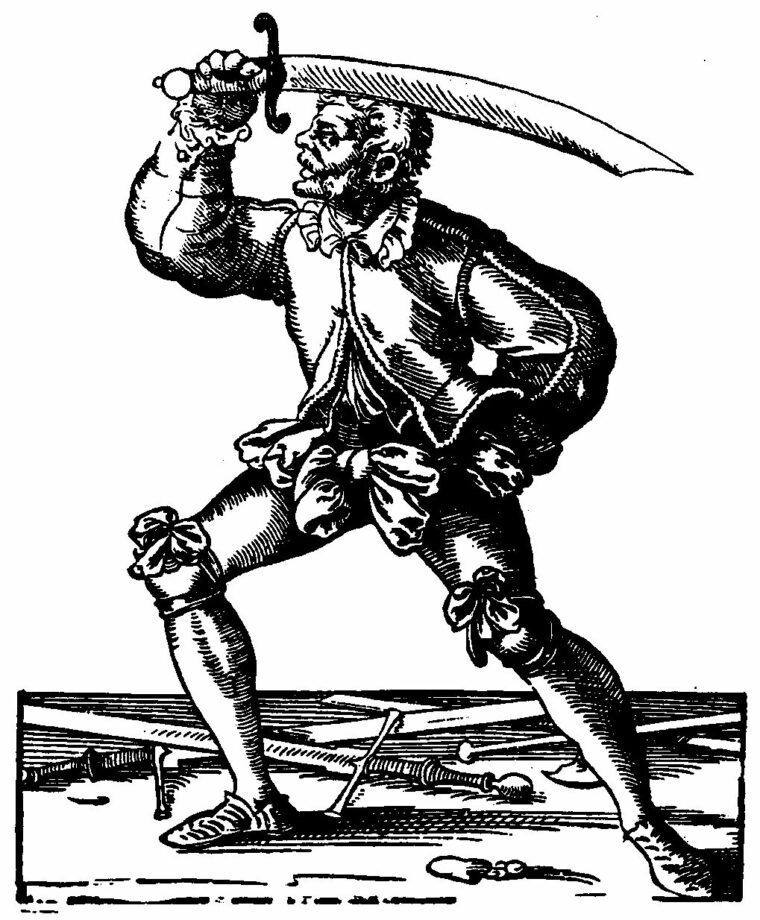
Sinclair was described as having carried an unusual short sword of his own design. The sword was called a Sinclairsabel (sabel being German for saber). The blade had the thick, curved fore edge of the dusack or cutlass. The back edge toward the point was raised slightly to provide a straighter back edge, a modification seen on contemporary saber blades to give them a better thrusting function. The full blade was only about 25 inches long, which made it very efficient in close-quarter combat. The hilt used a sail guard that would become familiar on 17th-century dueling daggers.
The European saber did not have the severe arc of its eastern cousins, the Turkish kilij and the Persian shamshir, and came in both longer cavalry lengths and a shorter infantry version. Again, it was not just a cavalry weapon but was very popular for infantry throughout Europe. Usually, European blades with lengths 30 inches or less were reserved for foot combat, but not always. The 16th century also introduced an essentially straight-bladed saber, the single-edged backsword. The Swiss particularly favored this weapon, which they used as a long sword but often with a curved fore edge and sharply pointed upper portion called the Sweitzersabel. This sword was often relatively narrow because all the force was concentrated on the fore edge, with little or no point. Both cavalry and infantry used the backsword.
The Broadsword
The relatively long, straight, and slightly tapered blade that became the broadsword was basically a European original that appeared in rudimentary form in the hands of the Celts 3,000 years ago. It moved on with the barbarian invasions and gained further reliability and distribution by Norse invaders from the 9th century on. The broadsword’s beveled, double-edged blade would be the foundation of many variations to follow in the later Middle Ages.
The basic broadsword blade stayed a functional favorite well into the 17th century. The classic, slightly tapered medieval broadsword blade is perhaps the most recognizable form. With a little more thinning down, it was essentially the blade for the heavy rapier of the 16th and early 17th centuries. More sophisticated plate armor appearing in the early 15th century brought another form of full tapering to provide a sharper point for thrusting and puncturing the weak points in armor.

If there was much of a change in the overall broadsword configuration, it was in length. Already by the mid-13th century, longer swords began appearing for better reach and a more forceful swing. Blade lengths were moving up to and beyond 40 inches, and required a grip of at least six inches to serve as a counterbalance. Both increases required at least a hand and a half to effectively wield these swords. The later version of the weapon became known as a hand-and-a half, or bastard, sword. Blade length alone did not define it, for a shorter, thicker blade that required extraordinary handling was also known as a bastard sword.
By the late 13th century, the basic two-handed sword entered the battlefield with a blade of 45 inches, but its use as a knightly sword was limited. However, for the common mercenary, the two-handed sword provided a new means of bringing down noble cavalry. Early in the 14th century, the Swiss took up the weapon and became the most sought-after shock troops in Europe, using the two-handed sword to disrupt attacking cavalry or infantry for the next 100 years. After the mid-15th century, the Germans adopted the weapon as the Swiss began to discard it in favor of the 18-foot pike spear. By the 16th century, the blade had grown to 55 inches and required a 10-inch hilt with a 16-inch cross guard for proper balance. It would continue into the 17th century as yet another specialty sword of the European battlefield.
A dull selection of hangers and the ever-present saber would remain battlefield staples through the 19th century in Europe, but the tactical worth of the varied swords had run its course and passed from the battlefield into history.
A Note For Collectors
A final word should be said about patina, the naturally aged color of an old blade. This color can vary—usually various shades of gray or brown—and there may be dark blotching from impurities in the steel and wear. Patina is part of a blade’s provenance and should never be polished or buffed away like simple rust. Nor should one try to resharpen an old blade. Another point to keep in mind is that the hilt on an early sword is seldom original. A single sword was often re-hilted several times through its life from necessity or for stylistic reasons. Many styles of early blades were copied with great detail during the 19th century British crafts movement—even patina and aging—so that sometimes these swords have been mistaken for much older originals.
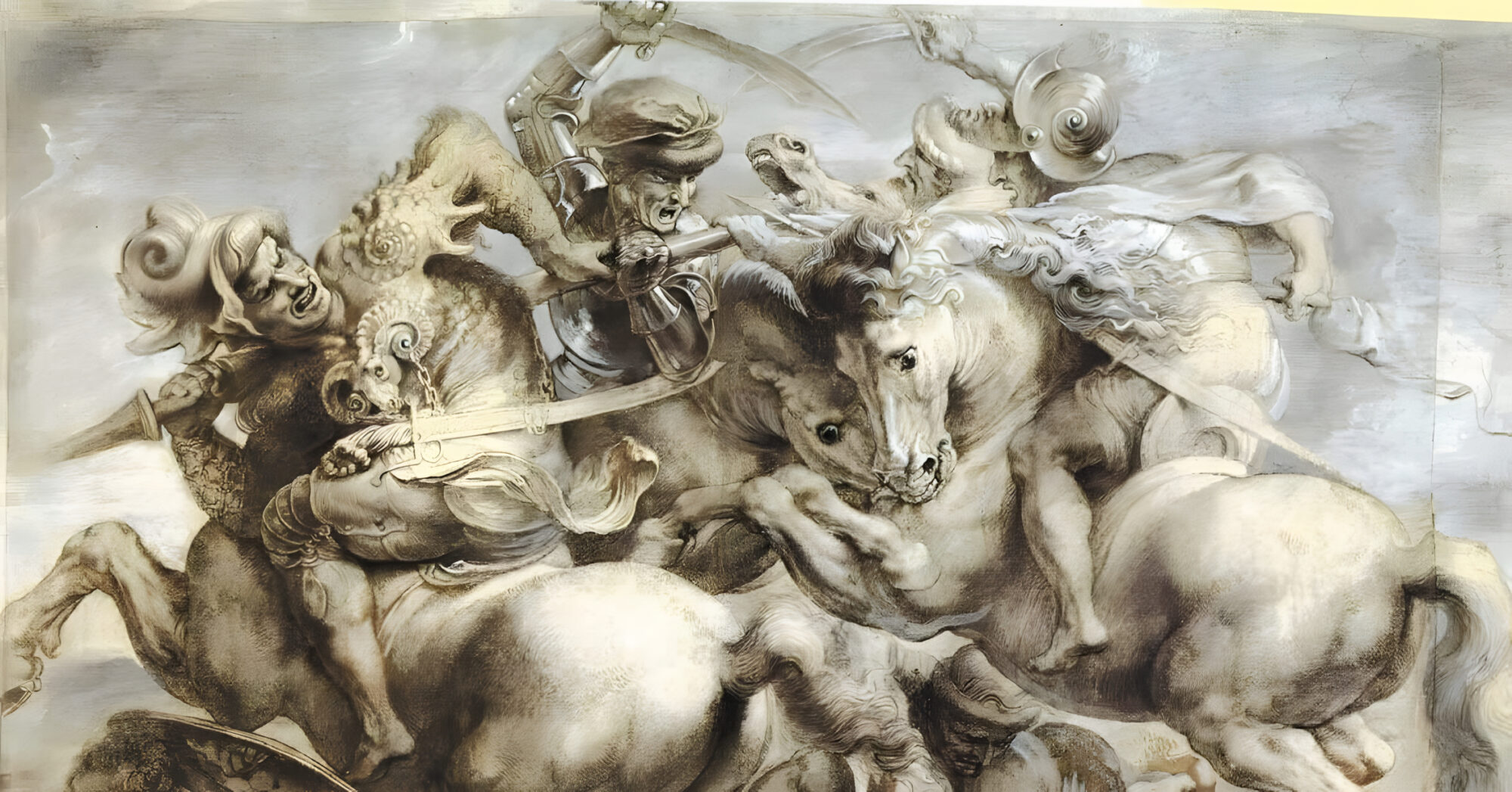

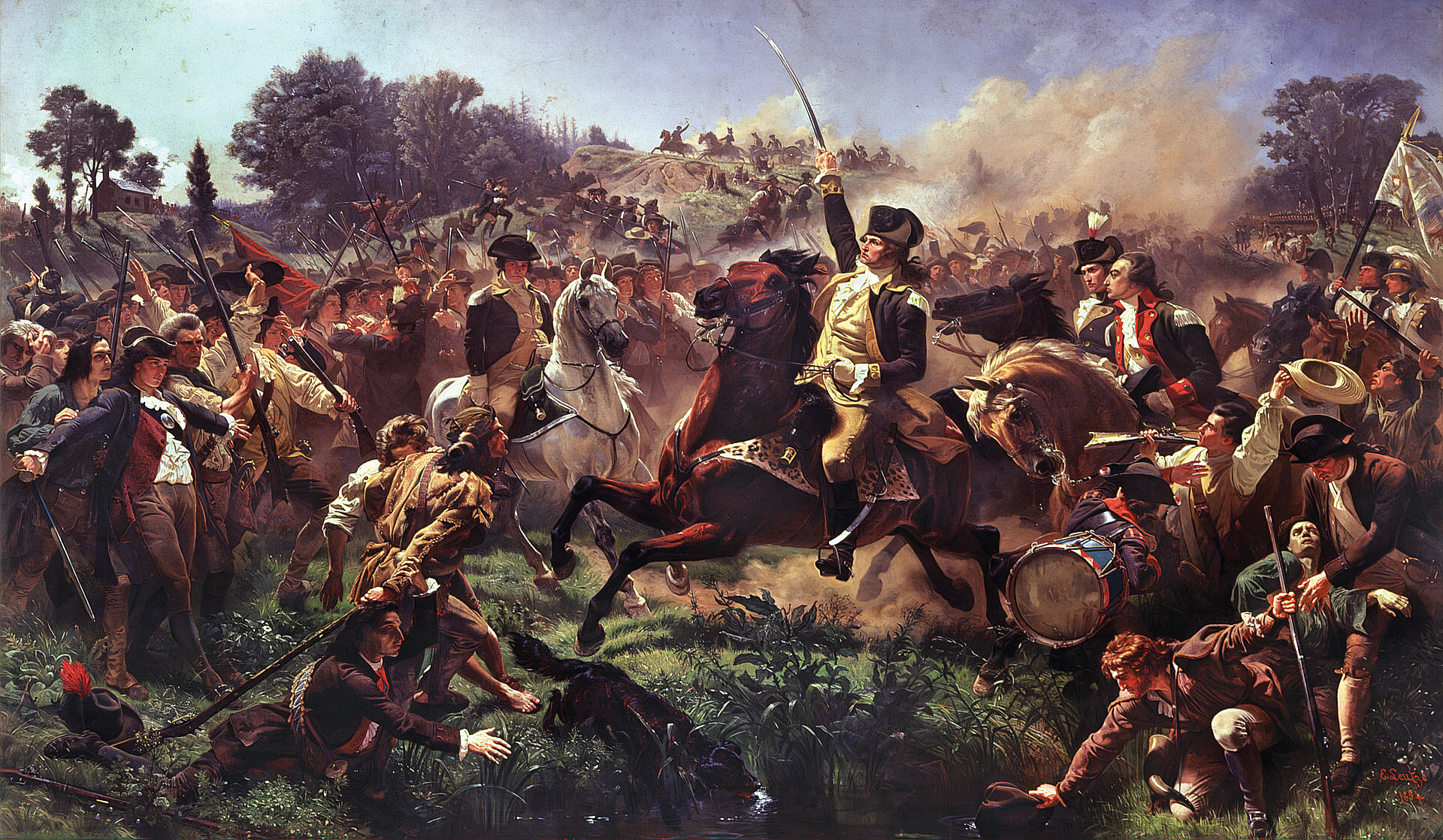
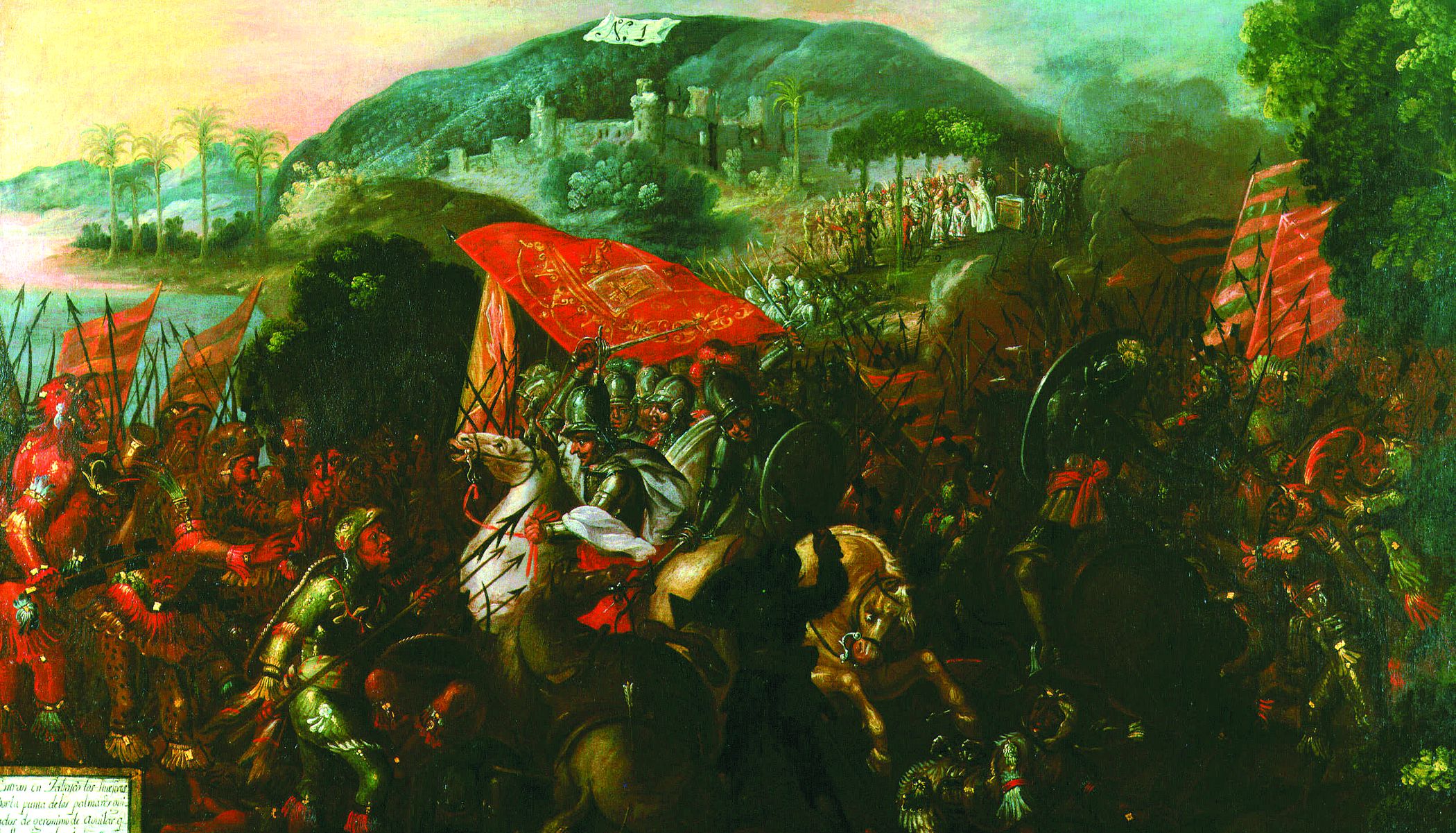
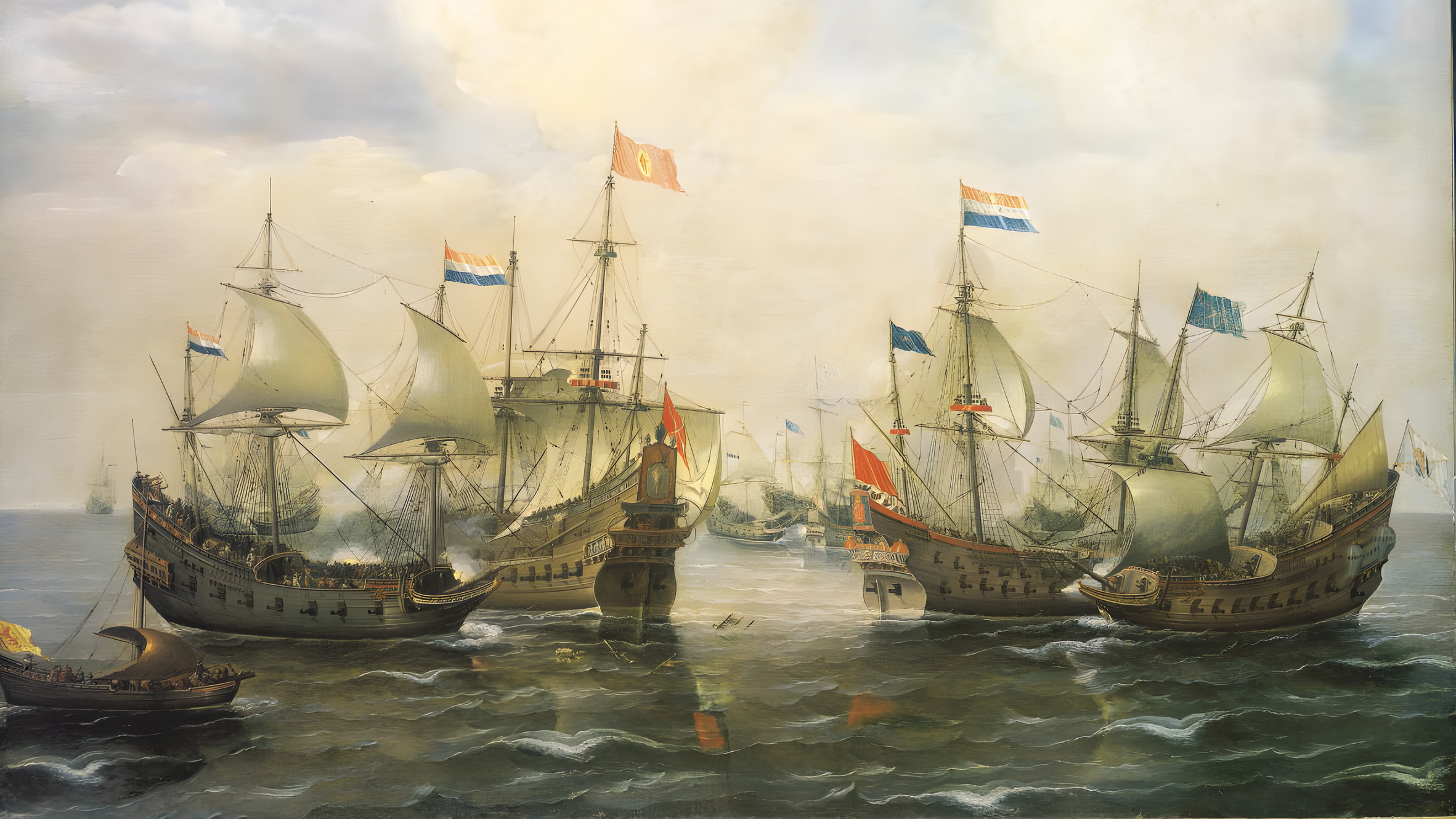
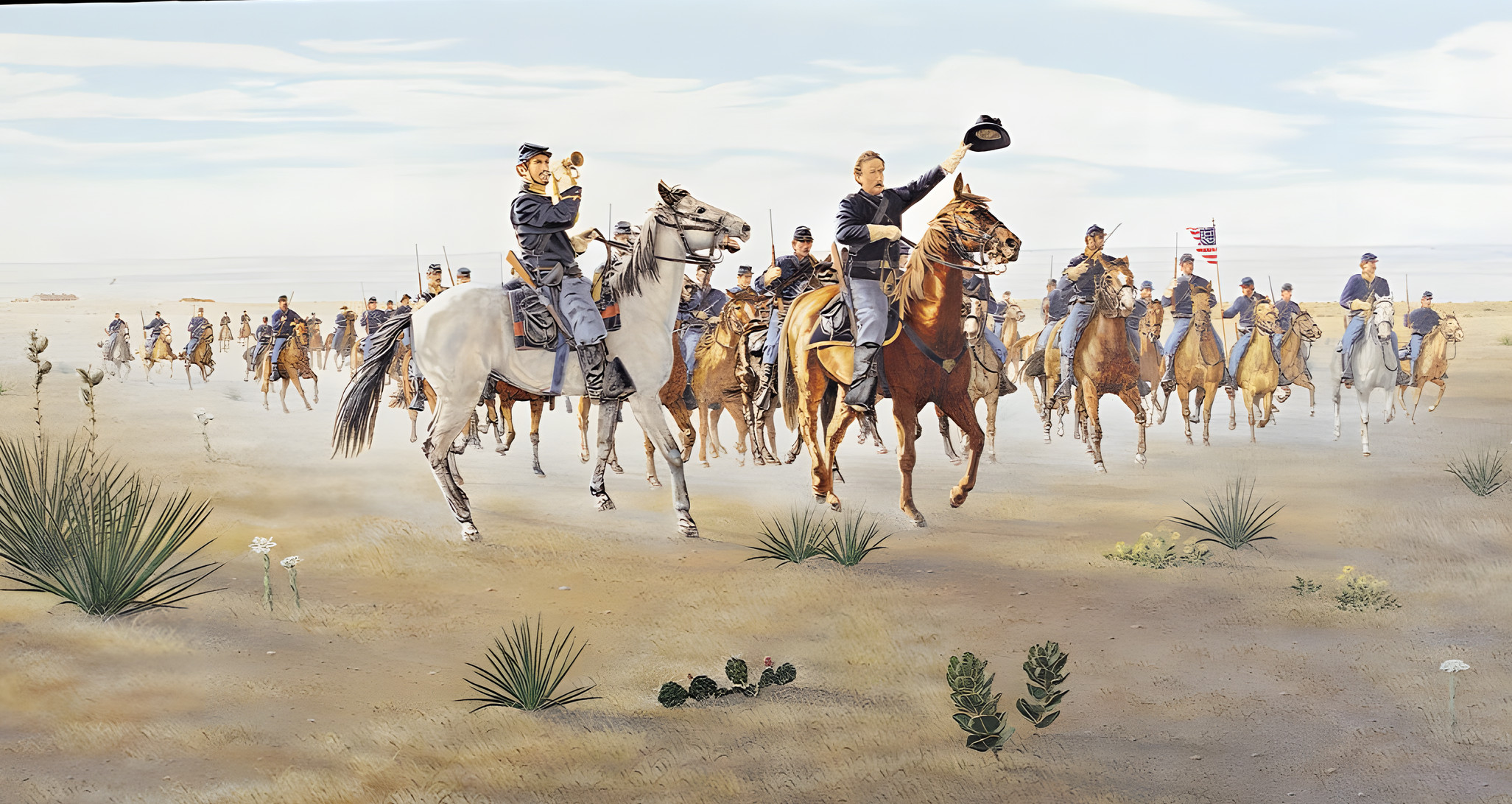
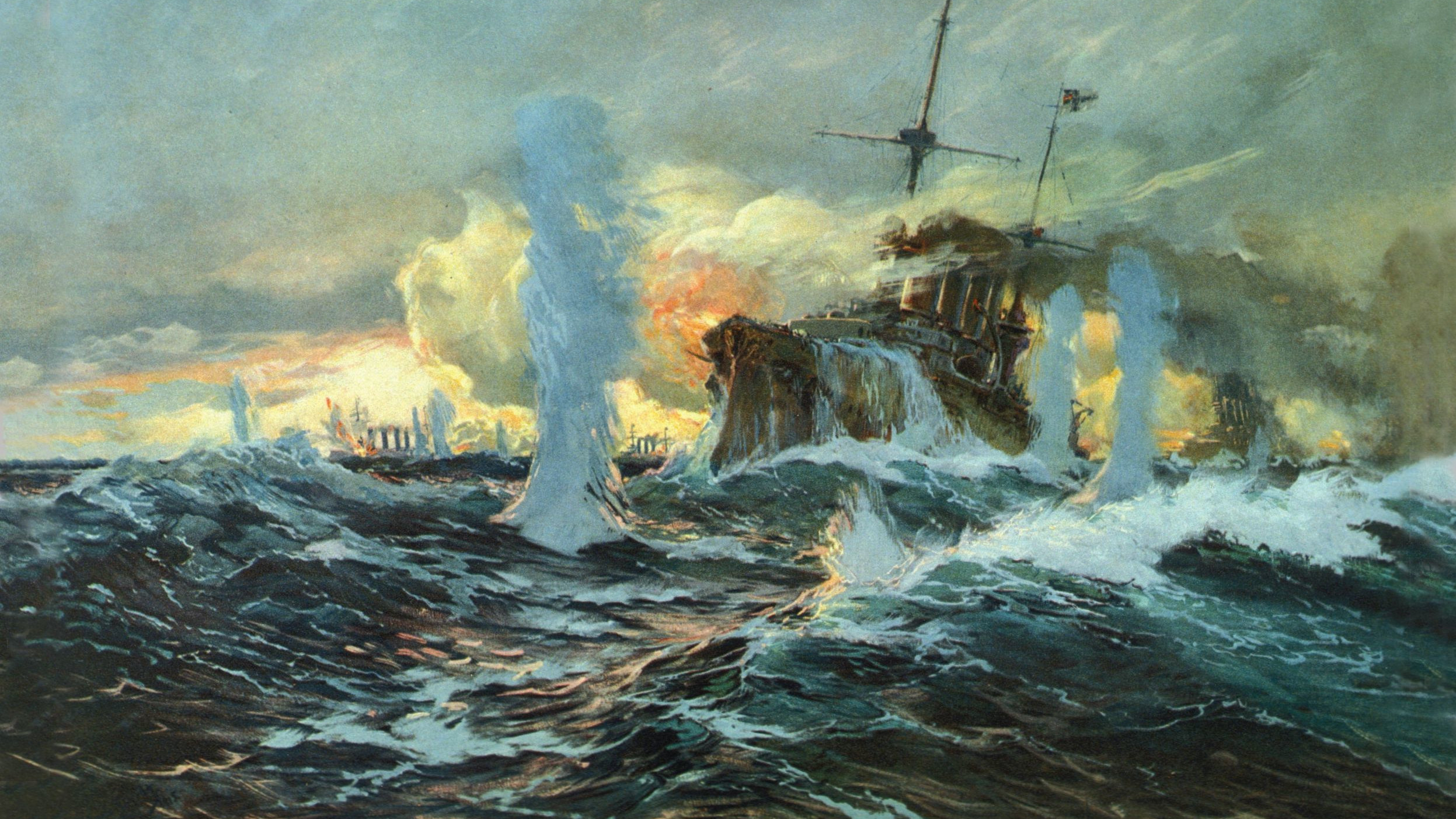


Join The Conversation
Comments
View All Comments